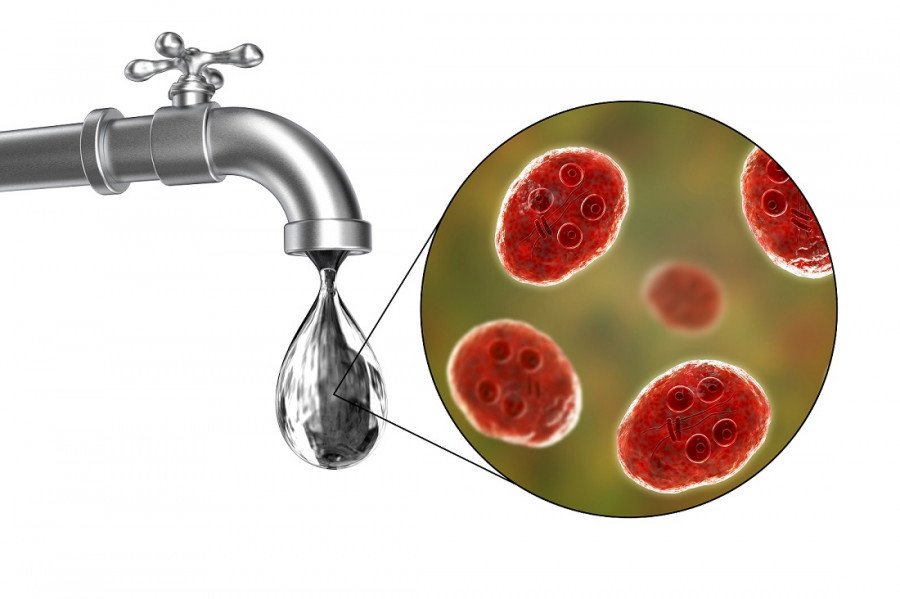Health
Health Ministry working to identify cholera hotspots
Epidemiology and Disease Control Division to draft guidelines for reducing outbreak risks.
Post Report
In a bid to prevent possible deaths from cholera and its spread in communities, the Ministry of Health and Population has been gearing up for a roadmap, which aims to unite all stakeholders for a shared goal.
The roadmap will focus on early detection and quick response, targeted prevention strategies and improvement of water, sanitation and hygiene conditions, officials say.
“We will identify cholera hotspots, devise control strategies, and recommend measures to be taken by different concerned agencies,” said Dr Hemanta Prasad Ojha. “We will hold discussions with all stakeholders to ensure the guidelines are effective and practical.”
Cholera is a highly infectious disease that causes severe diarrhoea and vomiting, and leads to dehydration and even death within a few hours if left untreated. Cholera outbreak is not new to Nepal, as every year especially in the monsoon season, an outbreak of the deadly disease gets recorded.
In 2022, the Kathmandu Valley witnessed a massive cholera outbreak. At least 77 cases were confirmed. Hundreds of people suffered from the diarrheal infection that continued for months.
Vibrio cholera 01 Ogawa serotype was confirmed in stool samples of the victims at the time.
Health authorities had administered oral cholera vaccine in wards 11, 12 and 13 of the Kathmandu Metropolitan City, which is highly affected by the disease outbreak.
The vaccines were administered in some schools and from booths set up for the purpose. Along with vaccination, health authorities have also been running water, sanitation and hygiene programmes with the support of the World Health Organisation, Unicef and other agencies concerned.
A study carried out by the Health Ministry following an outbreak last year showed that nearly 70 percent of drinking water samples in Kathmandu Valley were found to have been contaminated with E coli and faecal coliform.
The cholera outbreak was blamed on contaminated water with the increase in rainfall and disruption in garbage collection in Kathmandu Valley. Several other factors, including the condition of supply pipes, water storage, and pollution in water sources affected the quality of water supplied to households, officials said.
Due to poor sanitation and hygiene conditions, Nepal is highly vulnerable to water-borne diseases, including diarrhoea, dysentery, typhoid, hepatitis, and cholera, with thousands of people falling sick every year.
Doctors say launching awareness drives against water-borne diseases and ensuring safe drinking water are the only ways to save people from dying from water-borne diseases, including cholera. A combination of surveillance, water, sanitation and hygiene, social mobilisation, and treatment is required to contain the spread of the infection, according to them.
“We will incorporate suggestions of experts, aid agencies, and partners in the roadmap,” said Ojha. “Vaccination plans will also be included in the roadmap, targeting the identified hotspots.”
The World Health Organisation says cholera is a global threat to public health and a multifaceted approach is key to controlling the disease and reducing deaths.




 6.1°C Kathmandu
6.1°C Kathmandu













